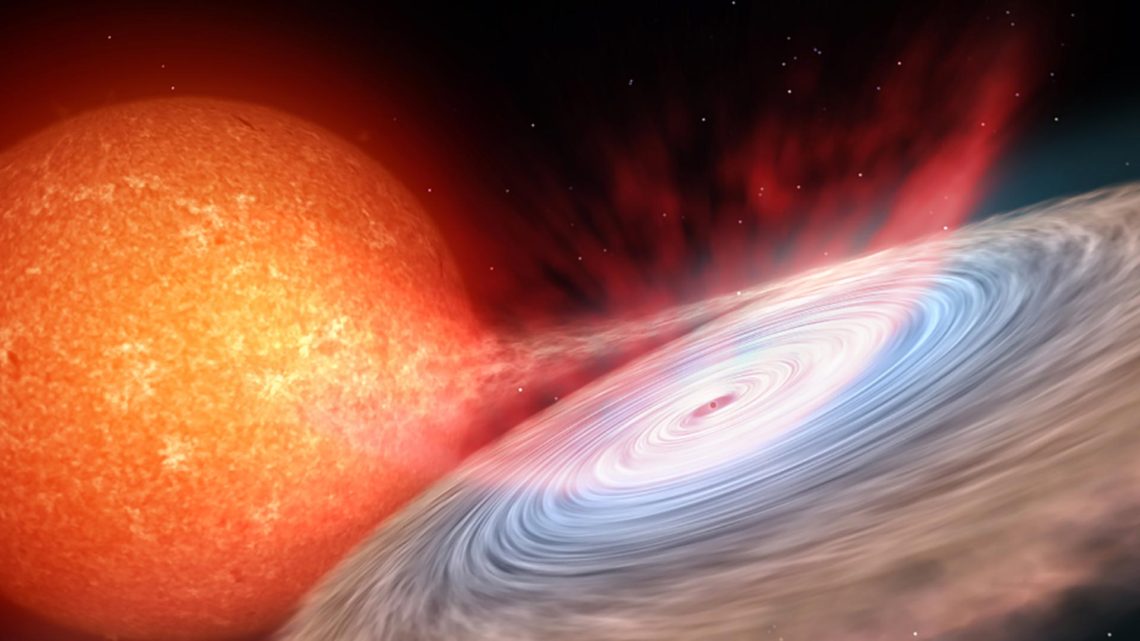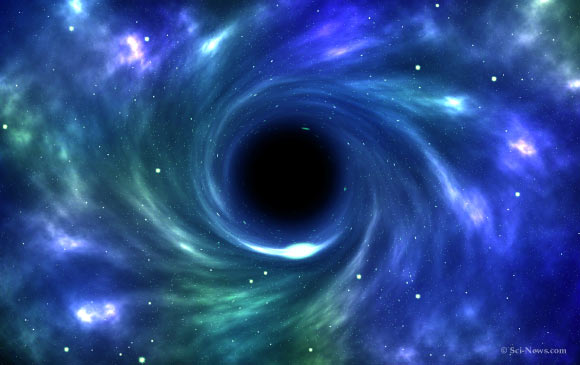Energy source is an eternal topic of human development, as any activity in nature requires a supply of energy. In ancient times, nearly all production work relied on human or animal power, resulting in very low productivity for thousands of years. The Industrial Revolution in the 18th century changed this situation completely, replacing human labour by machines powered by burning fuels. Combustion of chemical fuels is the most widely adopted energy source in the current world, for both domestic and industrial purposes. In such a process, the chemical energy of the fuels are first transformed into thermal energy, which is then used to power various machines to do work. How…
Read More >>Questioning the Heavens
May 2021 marks a significant milestone in planetary exploration, when China’s spacecraft Tianwen-1 softly landed on the surface of Mars, and deployed the rover Zhurong. The complete success of China’s first interplanetary mission makes China the third country landing on Mars (after the Soviet Union and the United States), the second country releasing a Martian rover (after the US), and the first country that achieved orbiting, landing and roving in the first mission to Mars. “Tianwen (天问)” is the name of China’s upcoming series of planetary missions. The name means “questions to heaven”, taken from the long classical poem written by the ancient Chinese poet Qu Yuan. The poem conveys…
Read More >>Self-similarity: Properties and Applications
In China, there is a popular nursery rhyme: Once upon a time there was a mountain, in which there was a temple, in which there was an old monk telling a story to a little monk. The story he was telling is: Once upon a time there was a mountain, in which there was a temple, in which there was an old monk telling a story to a little monk…… It continues endlessly until the child falls asleep. This rhyme is a typical manifestation of the concept of self-similarity. In mathematics, self-similarity describes the property of an object if a part of it resembles the whole object. In the aforementioned…
Read More >>Can you Discriminate between Space and Time? (Part III)
In part II we saw that in a non-rotating black hole, the spatial and temporal coordinates are exchanged. Now we can take a step further, to consider the case of a rotating black hole. The line element in such spacetime has very complicated coefficients, but we don’t need the specific expressions here. So let’s just represent them in terms of the metric components: From the specific forms of those coefficients, we know that the dt2 and dϕ2 terms are always positive while the dtdϕ term is negative. What differs from the non-rotating case is, here the gtt and grr don’t switch signs at the same place, but at rH and…
Read More >>Can you Discriminate between Space and Time? (Part II)
In part I we showed that space and time coordinates lead to different types of interval, spacelike and timelike respectively. Hence if we are given a line element expression in terms of any coordinates, we can figure out which of the coordinates are spatial and temporal, by looking at the sign of their coefficients. The coordinate t is temporal not because of the variable used, but the timelike interval it creates. Now we may ask: if a coordinate is spatial or temporal, does it always keep this identity? The short answer is, no. More rigorously, it depends on the structure of spacetime. For flat spacetime as shown in the last…
Read More >>Can you Discriminate between Space and Time? (Part I)
What is the universe? All of space and time along with their contents. The unity of space and time is well-embodied in its Chinese term: Yu Zhou, where “Yu” means all of space and “Zhou” means all of time. However, what is space and what is time, and what is their difference? This is an ultimate puzzle for anyone exposed to special and general relativity. According to our daily sense, space and time are a set of concepts to quantify the events in the world. Every event occurs at a place in space and a moment in time. With such space and time coordinates, we can compare different events and…
Read More >>


